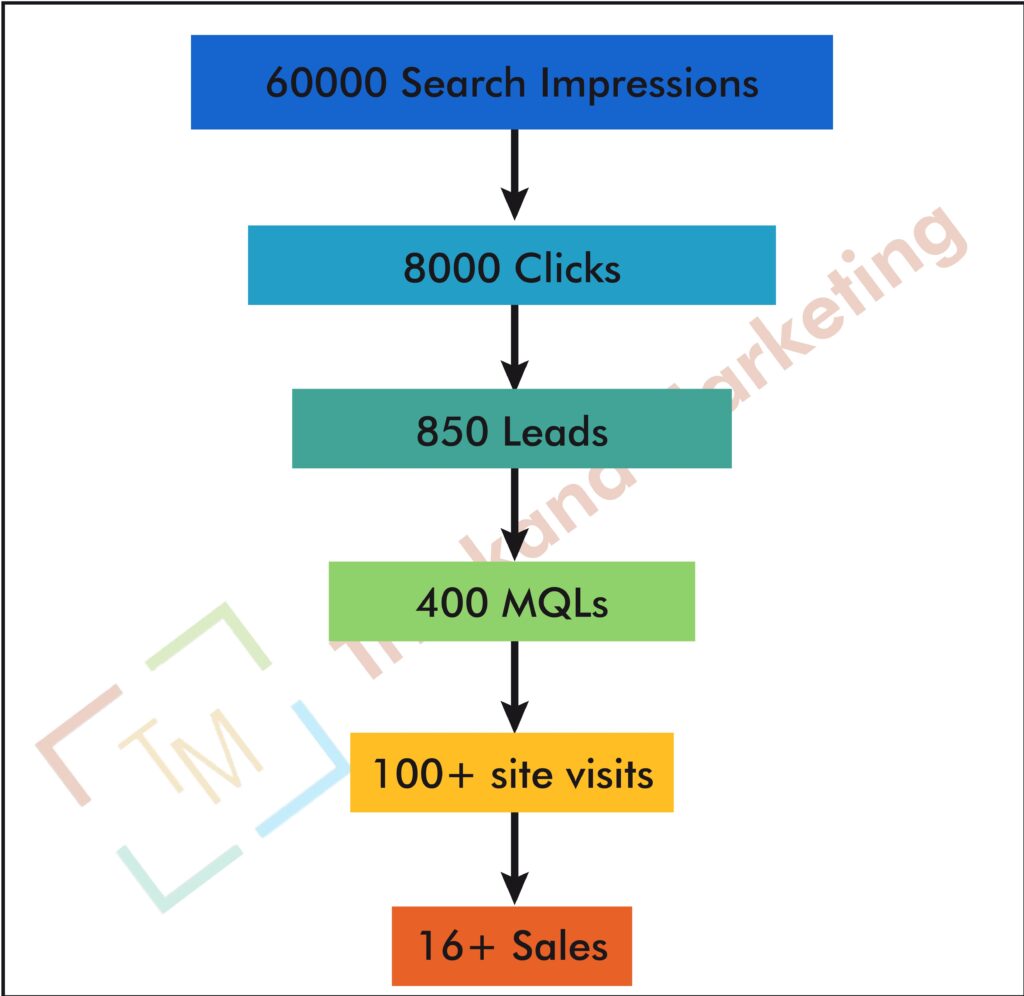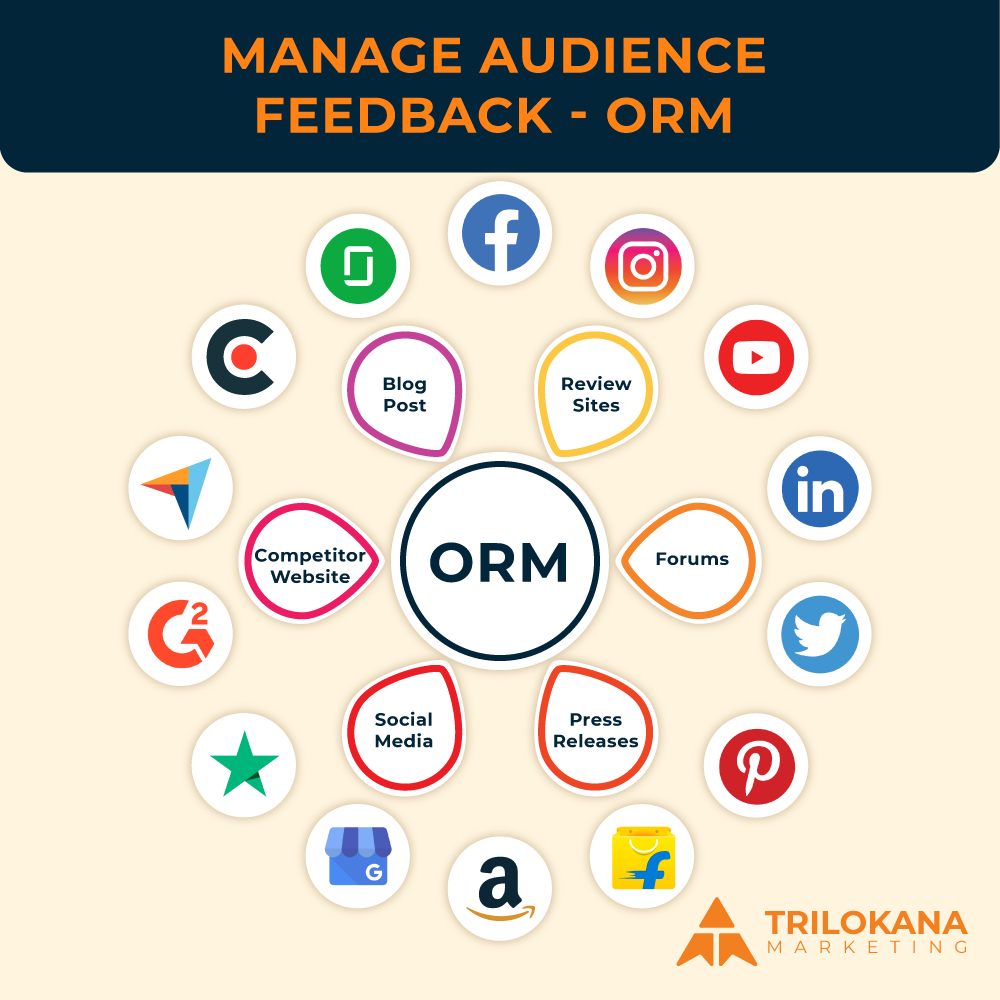Choosing between Google Ads and SEO can define your digital marketing success. Dive into the pros and cons of each to make an informed decision for your business.
In the ever-evolving landscape of digital marketing, businesses are often faced with the challenge of deciding between Google Ads and Search Engine Optimization (SEO) to drive traffic and generate leads. Both strategies have their merits and can play a significant role in a comprehensive marketing plan. However, choosing the right approach depends on your specific goals, budget, and target audience. In this guide, we’ll delve into the strengths and weaknesses of Google Ads and SEO to help you determine which is better for your business.
-
Understanding Google Ads and SEO
Start by grasping the fundamentals of Google Ads and SEO to make an informed choice.
Google Ads is a paid advertising platform where businesses can bid on keywords to display their ads at the top of Google search results. It’s a fast way to gain visibility and attract targeted traffic. On the other hand, SEO involves optimizing your website and content to rank organically in search engine results pages (SERPs) without paying for placements.
-
Cost and Budget Considerations
Evaluate the financial implications of Google Ads versus SEO to determine what fits your budget.
Google Ads operates on a pay-per-click (PPC) model, meaning you pay each time someone clicks on your ad. The cost can vary widely depending on the competitiveness of your keywords and industry. While it can provide immediate results, the costs can add up quickly, especially in highly competitive markets.
SEO typically requires an investment in quality content, technical optimization, and potentially, SEO services. Although the initial costs might be higher, the long-term benefits of organic traffic can be more cost-effective. Once your site starts ranking well, maintaining these rankings generally incurs lower ongoing costs compared to PPC.
Actionable Tip: Assess your budget and goals to determine if you can afford the immediate costs of Google Ads or if a longer-term investment in SEO aligns better with your financial resources.
-
Speed of Results
Consider the time frame for seeing results when choosing between Google Ads and SEO.
Google Ads can deliver immediate visibility and traffic. Once your campaign is live, your ads can start appearing in search results almost instantly. This is ideal for businesses looking for quick wins, such as promoting a time-sensitive offer or launching a new product.
SEO is a long-term strategy. It can take several months to see significant improvements in your rankings and traffic. However, once you achieve high rankings, the benefits can be sustained over time without continuous investment.
Actionable Tip: If you need rapid results for a specific campaign or event, Google Ads may be the better choice. For sustained, long-term growth, investing in SEO is more appropriate.
-
Targeting and Audience Reach
Optimize your targeting strategy by comparing the audience reach of Google Ads and SEO.
Google Ads offers precise targeting options, allowing you to reach users based on keywords, location, demographics, and even their browsing behavior. This level of targeting can be particularly useful for capturing high-intent customers and tailoring your message to specific segments.
SEO targets users based on the relevance of your content to their search queries. While you can’t control who sees your site, effective SEO can help you attract users who are actively searching for information related to your business. This can lead to high-quality, organic traffic.
Actionable Tip: Use Google Ads for targeted campaigns and immediate reach, while leveraging SEO to attract users who are searching for relevant content related to your industry.
-
Quality and Relevance of Traffic
Compare how Google Ads and SEO impact the quality of traffic to your website.
Google Ads can drive high-quality traffic if you target the right keywords and create compelling ad copy. However, paid traffic might not always convert as effectively as organic traffic because users are aware they are interacting with an ad.
SEO focuses on attracting users who are genuinely interested in your content or services. Since these users are actively searching for relevant information, they often exhibit higher engagement and conversion rates compared to paid traffic.
Actionable Tip: Balance your strategy by using Google Ads for immediate traffic and SEO to build long-term, high-quality engagement.
-
Competition and Market Saturation
Assess the level of competition in your market to determine the effectiveness of Google Ads and SEO.
Google Ads can be highly competitive, especially in industries with many players bidding on similar keywords. This competition can drive up costs and make it challenging to achieve a high ad position without significant investment.
SEO also faces competition, but it’s more about outranking other websites through content quality, technical optimization, and backlinks. While it may take longer to see results, SEO can provide a competitive edge if you focus on long-tail keywords and niche topics.
Actionable Tip: If your industry is highly competitive, a combination of Google Ads for immediate visibility and SEO for long-term rankings can help you stay ahead.
-
Long-Term Value and Sustainability
Evaluate the long-term benefits and sustainability of Google Ads versus SEO.
Google Ads provides immediate results, but once you stop paying, your ads disappear. This means you need to continuously invest to maintain visibility and traffic.
SEO offers long-term value as organic rankings can be maintained with ongoing optimization efforts. High-quality content and strong SEO practices can lead to sustainable traffic and visibility over time.
Actionable Tip: Invest in SEO for long-term growth and complement it with Google Ads for short-term campaigns and immediate needs.
-
Tracking and Analytics
Understand how Google Ads and SEO impact tracking and analytics for better decision-making.
Google Ads offers detailed performance metrics, including click-through rates, conversion rates, and cost-per-click. This data provides valuable insights into the effectiveness of your ads and allows for precise optimization.
SEO also provides valuable data through tools like Google Analytics and Google Search Console. While it may not be as granular as Google Ads, SEO metrics such as organic traffic, keyword rankings, and user behavior are crucial for assessing performance.
Actionable Tip: Utilize the tracking and analytics features of both Google Ads and SEO to make data-driven decisions and continuously improve your marketing strategies.
-
User Experience and Trust
Compare how Google Ads and SEO affect user experience and trustworthiness.
Google Ads can drive traffic, but users may be skeptical of ads, especially if they perceive them as less trustworthy compared to organic results. Ensuring a positive user experience on your landing pages is crucial to converting paid traffic.
SEO builds trust by appearing in organic search results, which users often perceive as more credible. A well-optimized site that provides valuable content can enhance user experience and establish your brand as an authority.
Actionable Tip: Enhance user experience on both paid and organic traffic by optimizing your website’s design, content, and navigation.
-
Integration and Synergy
Explore how combining Google Ads and SEO can create a synergistic effect for your business.
Using Google Ads and SEO together can create a powerful digital marketing strategy. Ads can drive immediate traffic and test new keywords, while SEO builds long-term visibility and organic reach. Combining both strategies can provide comprehensive coverage and maximize your online presence. The overall marketing budgets can be re-allocated based on performance of each channel and over a period of time as SEO channel scales up, the Google Ads budget can be reduced to achieve supernormal ROIs
Actionable Tip: Develop an integrated strategy that leverages the strengths of both Google Ads and SEO to achieve balanced and effective results.
Choosing between Google Ads and SEO involves weighing immediate needs against long-term goals.
Both Google Ads and SEO offer unique advantages and can play a crucial role in a successful digital marketing strategy. By understanding the strengths and limitations of each approach, you can make an informed decision based on your business goals, budget, and target audience. Whether you opt for the rapid visibility of Google Ads, the enduring value of SEO, or a combination of both, a strategic approach will help you achieve your marketing objectives and drive business growth.
Choosing between Google Ads and SEO depends on your goals. Google Ads delivers instant visibility, ideal for short-term campaigns, while SEO builds long-term organic growth and trust. At Trilokana Marketing, we tailor strategies combining both to maximize ROI, ensuring your business thrives in both paid and organic search landscapes.



